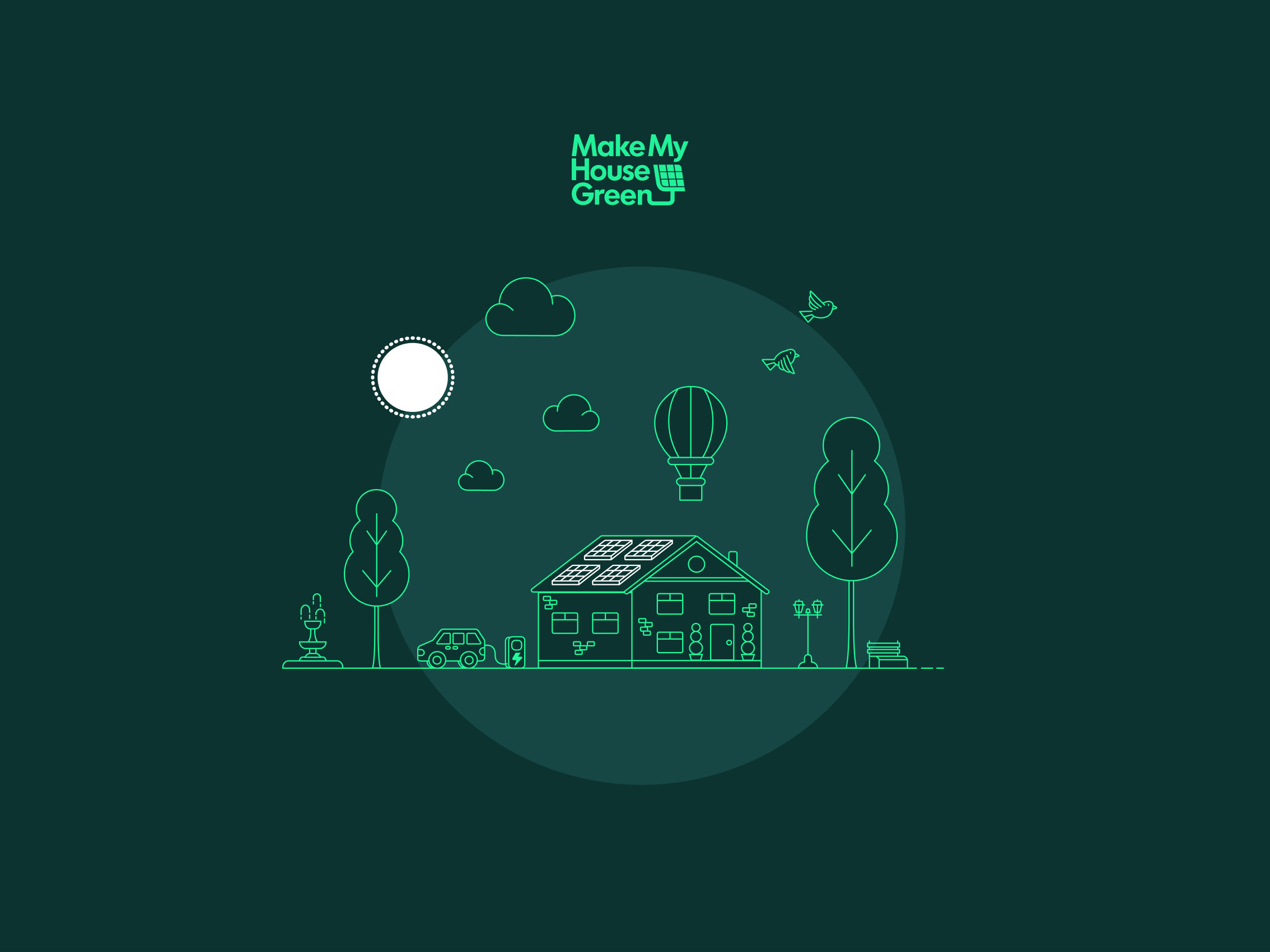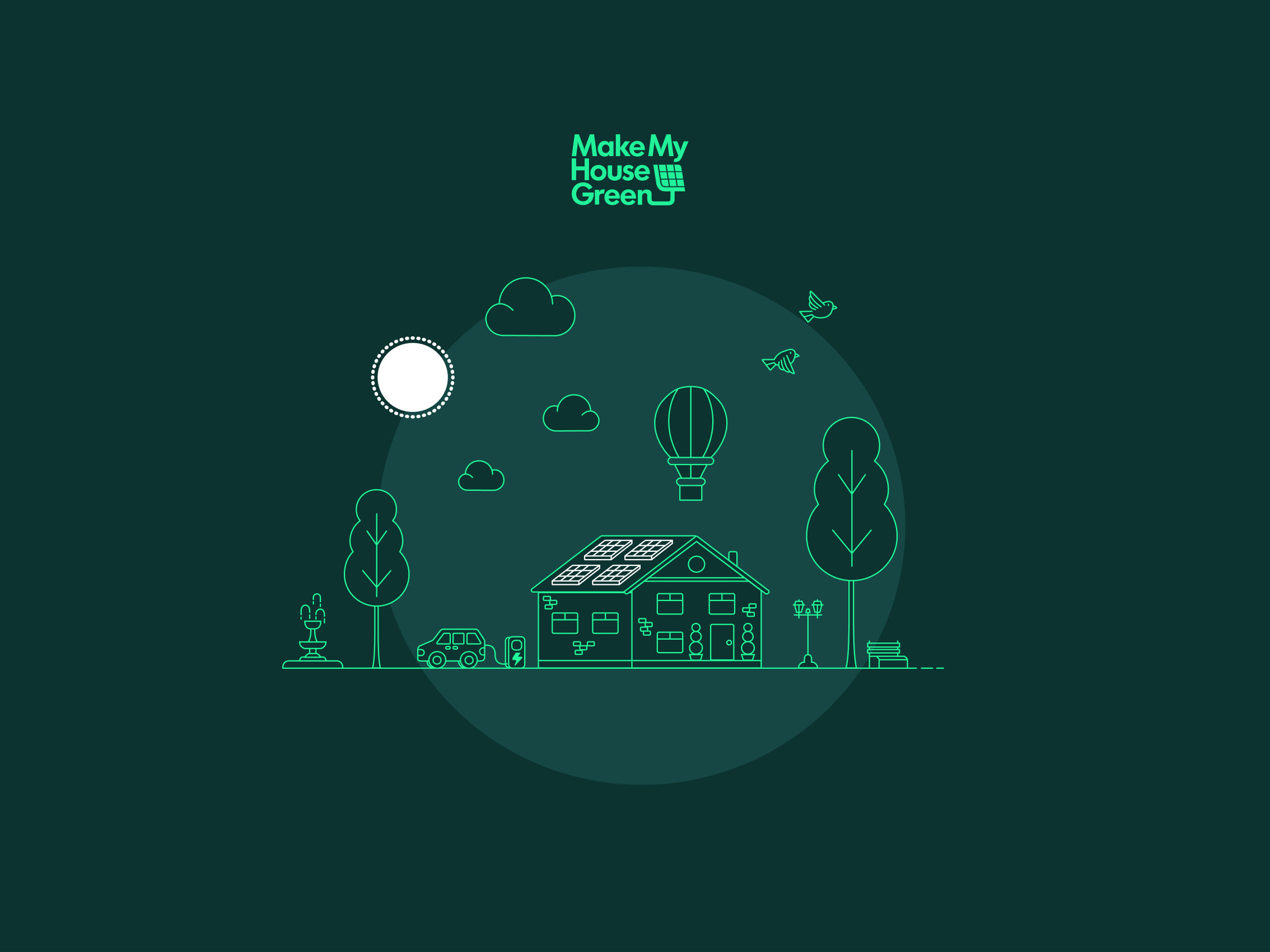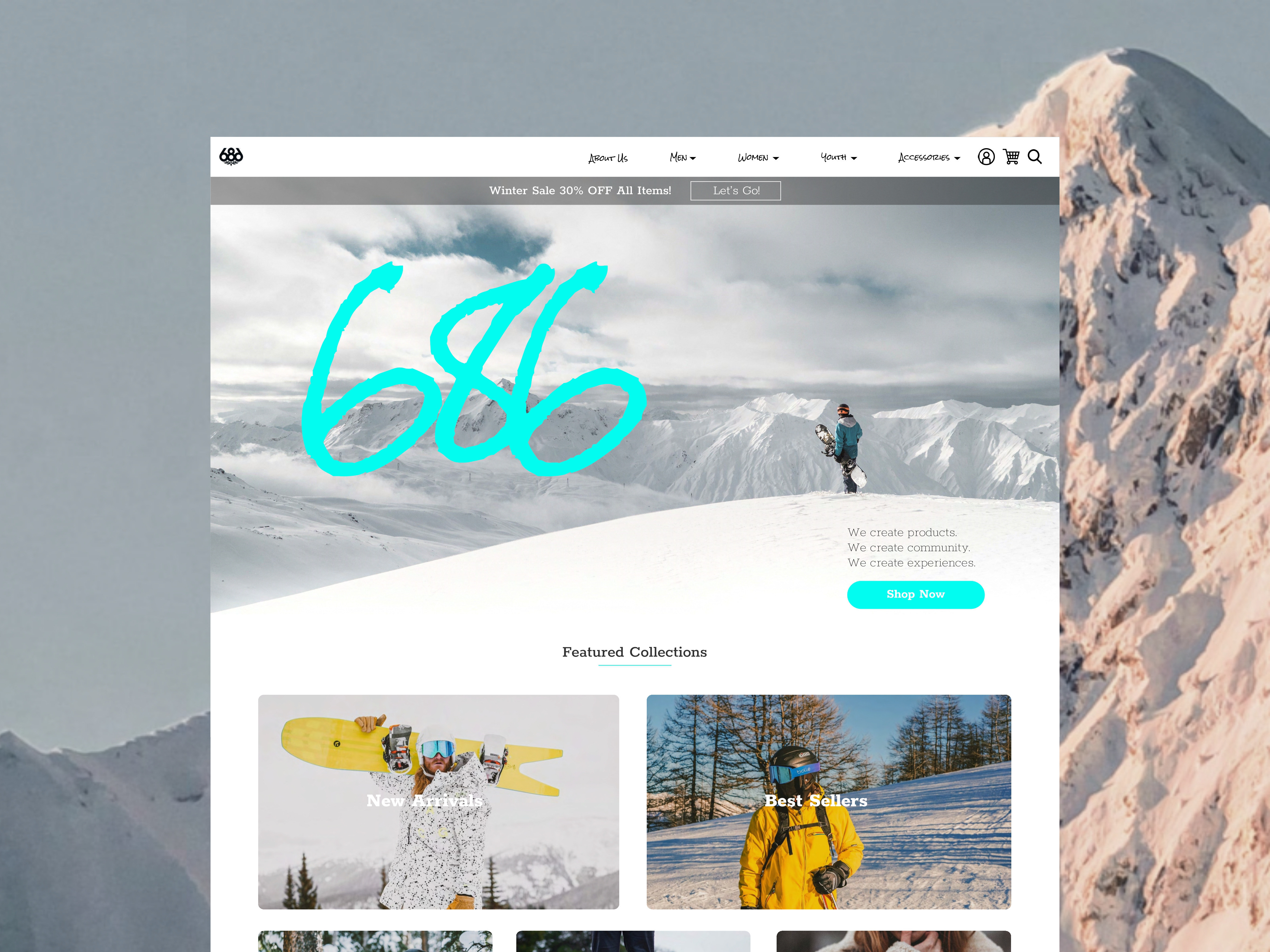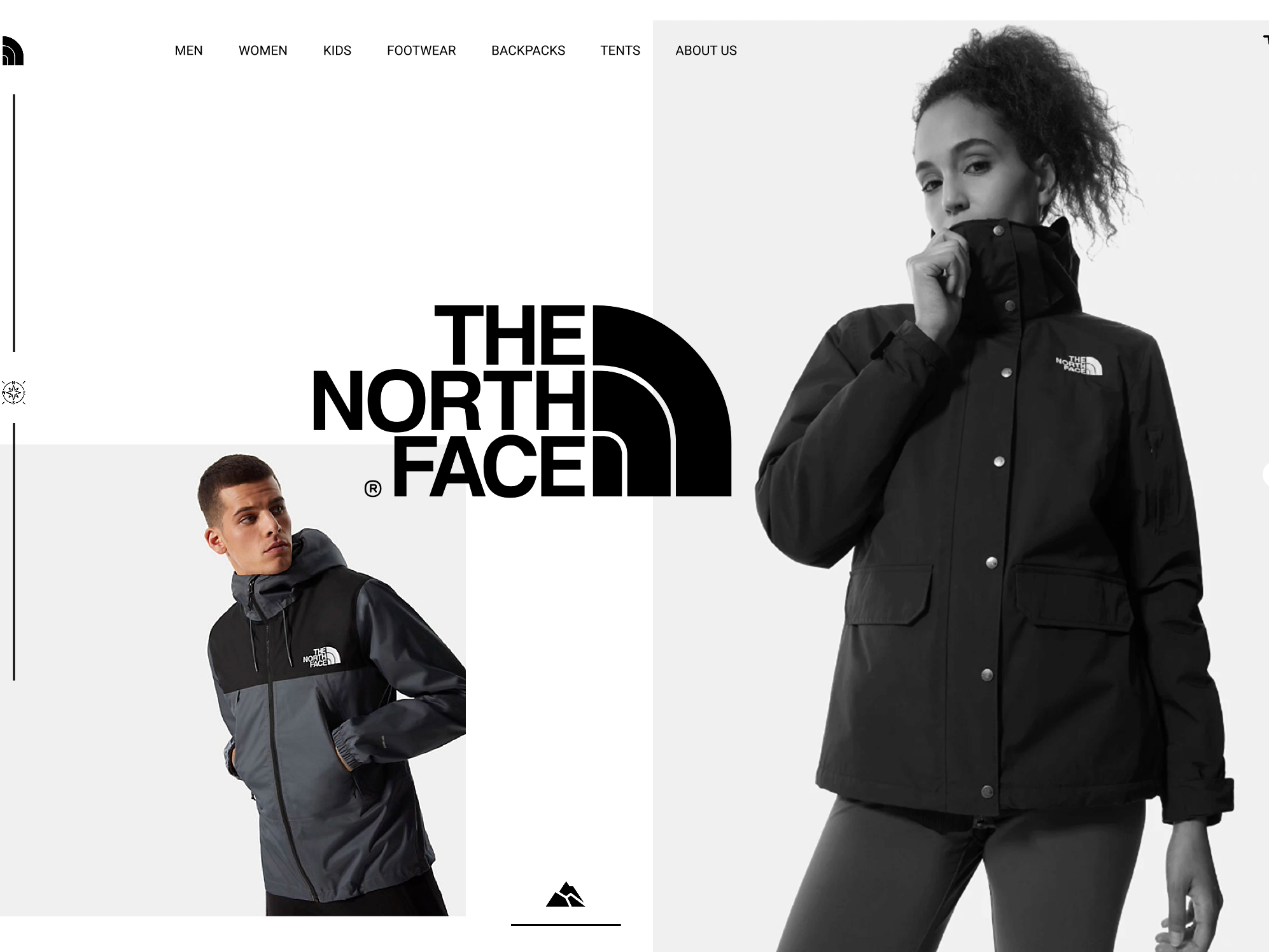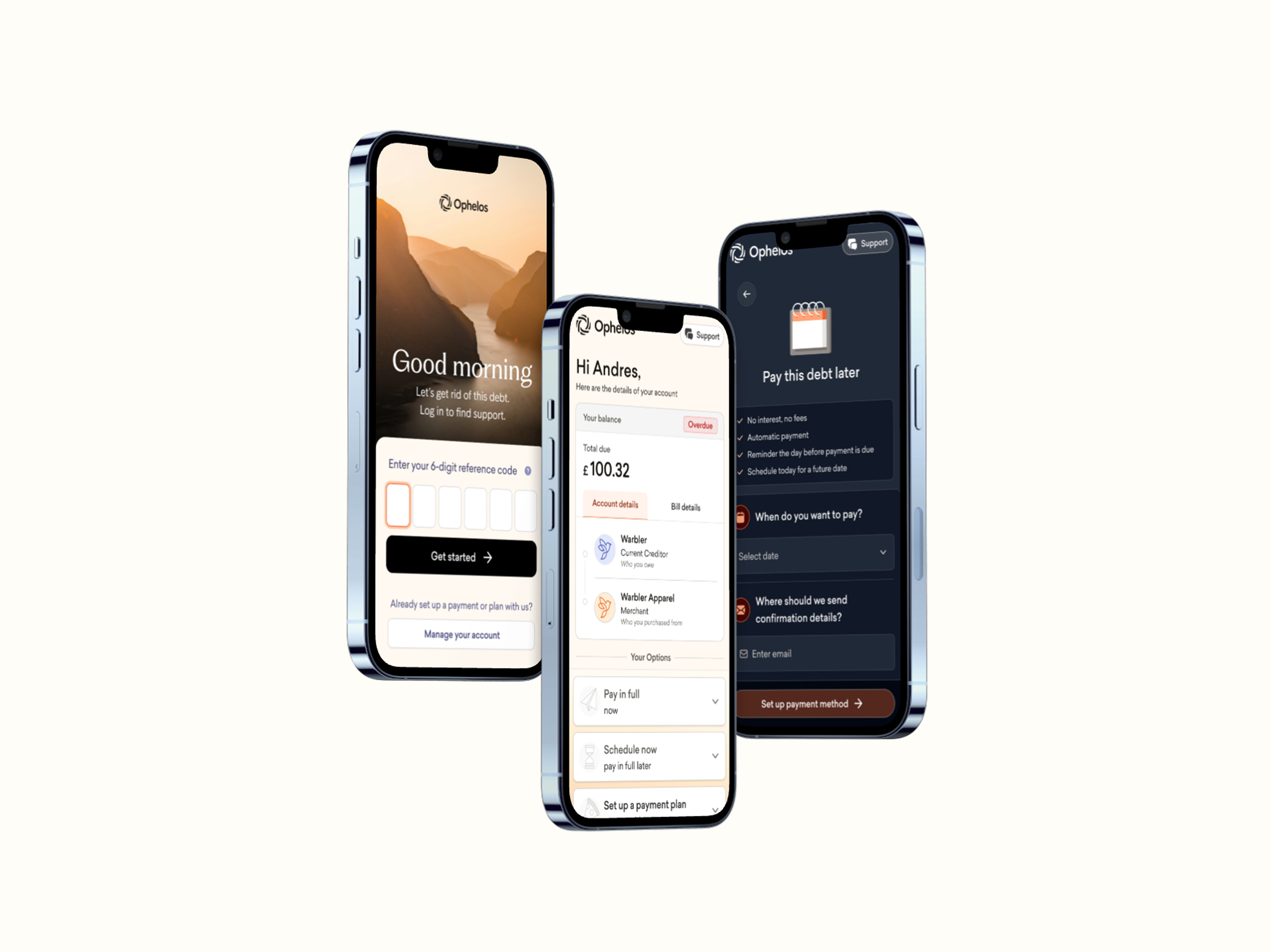Overview
While the B2C app empowers customers, our internal CRM tool was designed to empower the operations team. At Ophelos, I led the design of a custom-built CRM platform tailored to the specific needs of our customer operations staff—those handling complex cases, compliance issues, and multi-party accounts.
This tool became the single source of truth for all account and debt management activities. It was built to handle scale, nuance, and collaboration—while remaining intuitive and efficient for a diverse operations team.
As the UX designer on this project, I was responsible for the full end-to-end product design, from discovery through delivery and iteration.
The Problem
Prior to the CRM, our internal teams were juggling multiple tools and disconnected workflows. Key account data was scattered, communication records were fragmented, and processes lacked visibility and consistency.
We needed a unified platform that could handle the complexity of our debt ecosystem while reducing cognitive load, errors, and inefficiencies for the operations team.
The Goals
· Build a centralised CRM where every account, debt, client, and contact history lives in one place
· Enable operations staff to view, manage, and tag multiple debts and accounts with ease
· Provide visibility into each account's full timeline—including payments, communications, and updates
· Create flexible tools for handling queries, complaints, and refund requests
· Implement user permissions and role-based access for team members
· Allow debts to be paused (timeouts) and categorized for better triage
· Design a fast, searchable, and intuitive UI that supports daily operational workflows
Research & Testing
Facilitated discovery workshops with operations staff
Mapped real-world workflows into product architecture
Created wireframes, flows, and interaction prototypes
Conducted iterative user testing with live ops staff
Collaborated daily with product managers and engineers
Led UI design to ensure clarity, speed, and scalability
Design Process & Key Features
1. Workflow Mapping
I began by mapping out real user flows—what an agent does from start to finish in a typical case. This uncovered friction points we could solve through better structure and interface design.
2. Information Architecture
We designed a system of accounts and debts, where each debt could be linked to multiple clients. These objects support tags, statuses, plans, timelines, and queries, and are easily navigable via filters and search.
We designed a system of accounts and debts, where each debt could be linked to multiple clients. These objects support tags, statuses, plans, timelines, and queries, and are easily navigable via filters and search.
3. Interface Design
The UI was designed to be clean, scannable, and task-focused, with collapsible panels, sticky headers, and action-driven layouts.
The UI was designed to be clean, scannable, and task-focused, with collapsible panels, sticky headers, and action-driven layouts.
4. Testing & Iteration
We ran internal usability tests every sprint using live test accounts, refining everything from navigation to tag creation based on real-time feedback.
We ran internal usability tests every sprint using live test accounts, refining everything from navigation to tag creation based on real-time feedback.
5. Access Control & User Roles
A flexible permissions system was designed for team roles (agents, leads, admins), ensuring appropriate data access and accountability.
A flexible permissions system was designed for team roles (agents, leads, admins), ensuring appropriate data access and accountability.
Key Features:
Account & Debt Management: View and manage multiple debts linked to a single or multiple clients
Tagging & Categorization: Filter by tag, status, payment plan, timeout state, and more
Timelines: Every account includes a chronological view of communications, actions, and payments
Queries Module: Attach complaints, refund requests, and notes directly to relevant accounts
User Management: Role-based access and user controls for the internal team
Timeouts & Pausing: Temporarily pause communications for special circumstances (e.g., vulnerable customers)
Global Search & Filters: Rapid access to any client, debt, or case



